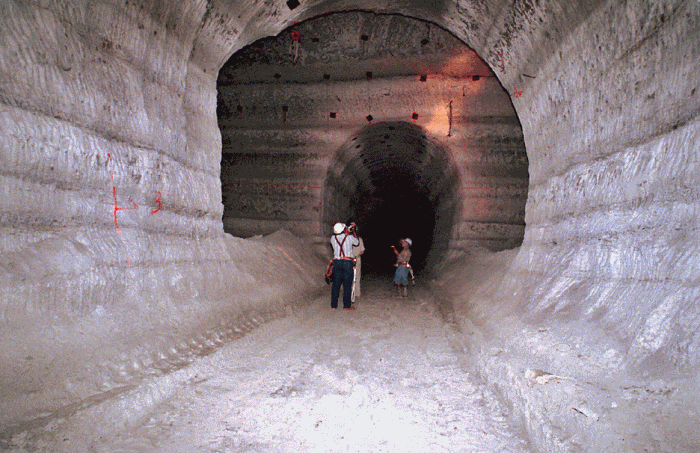tangent
Senior Member
- Joined
- May 11, 2012
- Messages
- 1,789
- Reaction score
- 68
F-Line - I'm quite aware of the amazing profits that a contractor can make on Change Orders. I'm pretty sure many contractors bid jobs with very little to no profit margin and try to make it up on CO's.
My understanding is that the project (including stations) will be rebid, so no Change Orders for any station design changes (unless the current contractor has already done some work on the stations as part of their current contract). Of course, you still have to pay the designers (Architects, Structural, Mechanical, Electrical, Plumbing, Civil Engineers and the specialized consultants) to change the design. That won't be cheap and in some instances it may not produce any cost savings. Most of the station egresses (number, location, spacing) are based on minimums required by the Building Code or user convenience and not necessarily for a grand design.
On the other hand, if the current contractor owns most of the Station work in their present contracts, we are pretty much stuck with what we have.
Most of the Green Line runs without any stations, just stops with a bit of asphalt and/or concrete for a "platform". Yes, below grade stops require a ramp or elevator and some stairs in addition to the platform, but the rest of the costs should be considered "nice to haves" to be paid for almost entirely by either local developers (ie College Station should be paid for 99.9% by Tufts) or the City of Somerville.



